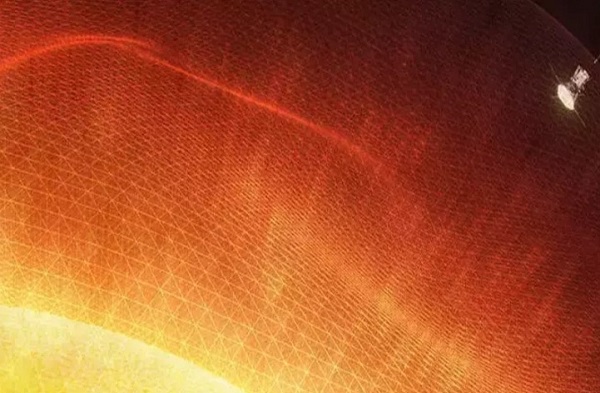New Delhi, (Samajweekly) For the first time ever, a spacecraft has touched the Sun. NASAs Parker Solar Probe has now flown through the Suns upper atmosphere, called the corona, and sampled particles and magnetic fields there, according to statement issued by the US space agency.
The new milestone marks one major step for Parker Solar Probe and one giant leap for solar science. Just as landing on the Moon allowed scientists to understand how it was formed, touching the very stuff the Sun is made of will help scientists uncover critical information about our closest star and its influence on the solar system, the statement said.
“Parker Solar Probe ‘touching the Sun’ is a monumental moment for solar science and a truly remarkable feat,” said Thomas Zurbuchen, the associate administrator for the Science Mission Directorate at NASA Headquarters in Washington.
“Not only does this milestone provide us with deeper insights into our Sun’s evolution and it’s impacts on our solar system, but everything we learn about our own star also teaches us more about stars in the rest of the universe.”
NASA said Parker is making new discoveries that other spacecraft were too far away to see. These include the flow of particles from the Sun that can influence us at Earth.
During the flyby, Parker Solar Probe passed into and out of the corona several times. This has proved that the Alfven critical surface isn’t shaped like a smooth ball. Rather, it has spikes and valleys that wrinkle the surface. Discovering where these protrusions line up with solar activity coming from the surface can help scientists learn how events on the Sun affect the atmosphere and solar wind, NASA said.
Parker Solar Probe was launched in 2018 to explore the mysteries of the Sun by traveling closer to it than any spacecraft before. Three years after launch, Parker has finally achieved its daring mission.
Unlike Earth, the Sun doesn’t have a solid surface. But it does have a superheated atmosphere, made of solar material bound to the Sun by gravity and magnetic forces. As rising heat and pressure push that material away from the Sun, it reaches a point where gravity and magnetic fields are too weak to contain it, according to the NASA statement.









